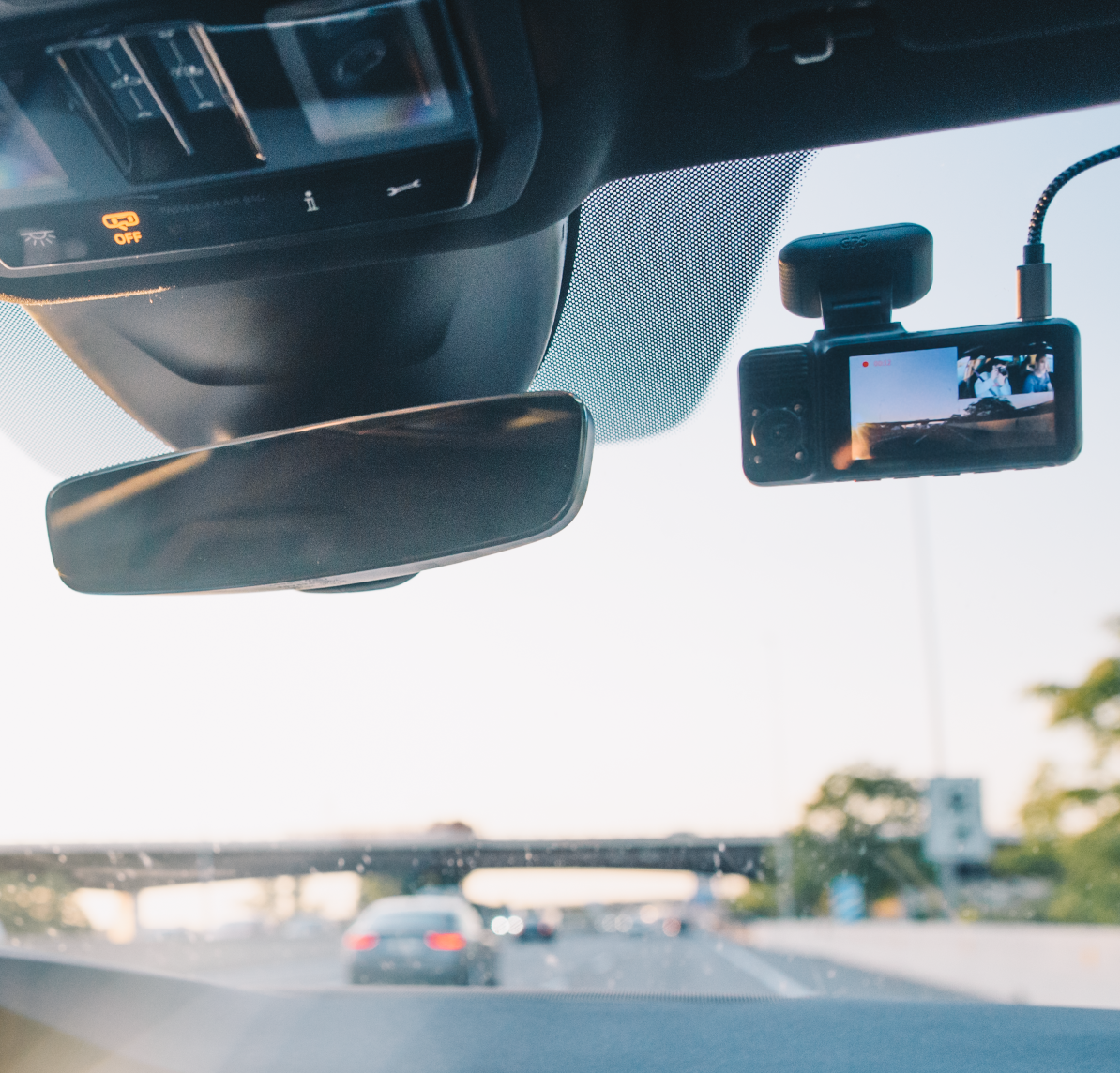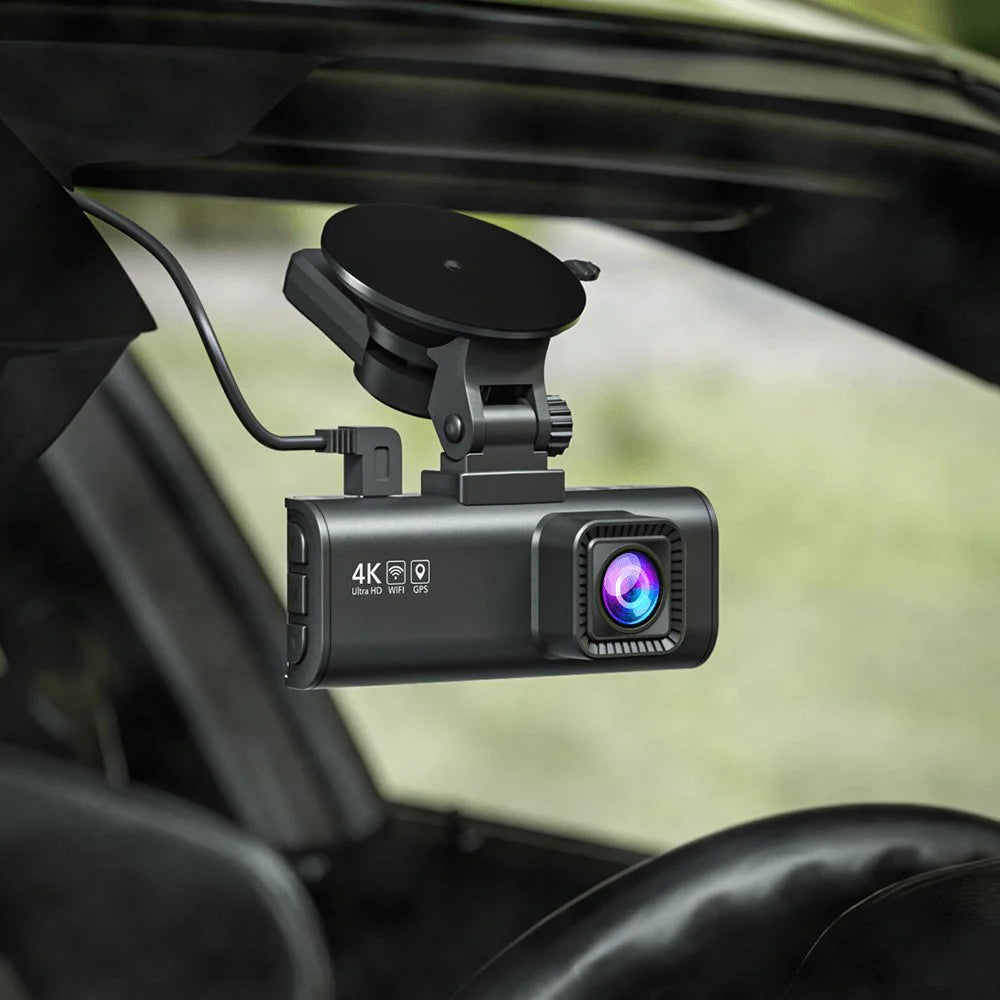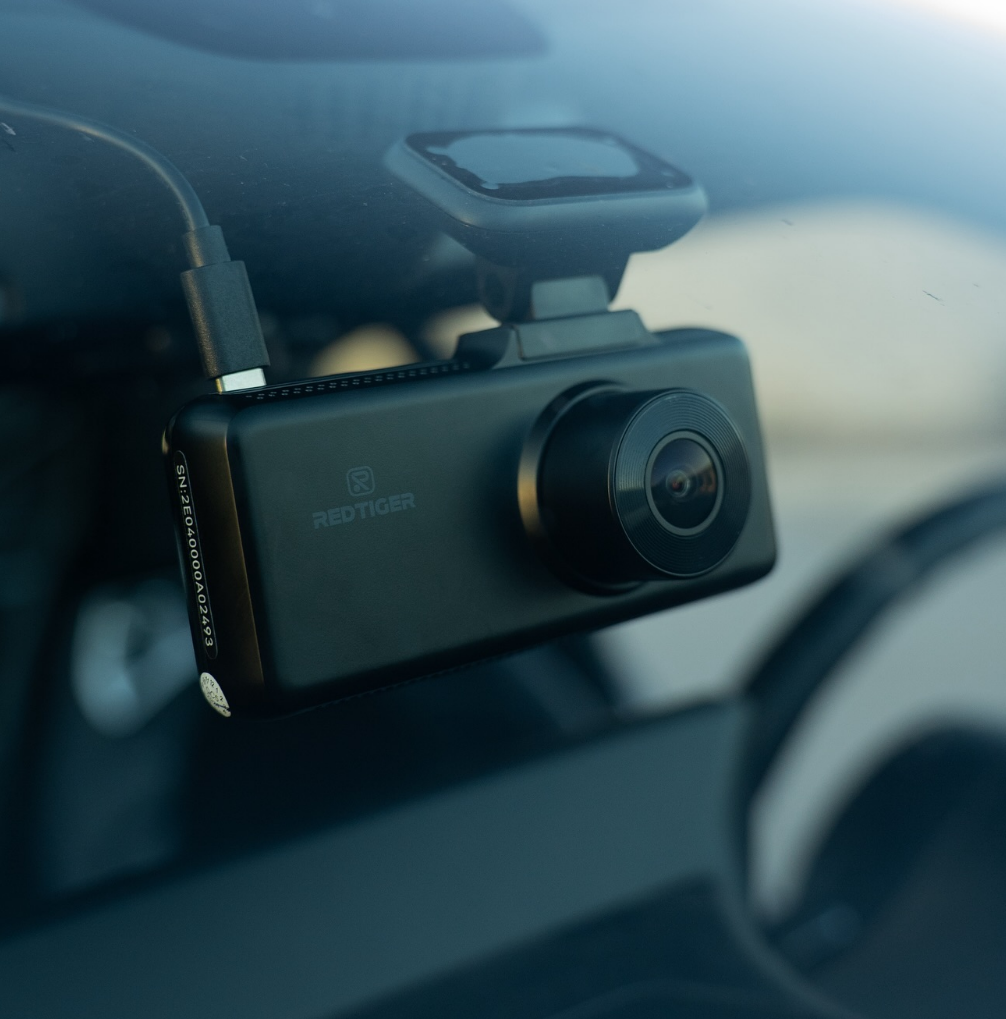Inside this Article:
- Why Consider a 3-Channel Dash Cam for Car Security?
- Does 3-Channel Dash Cam Recording When Car Is Off?
- How Does 3-Channel Dash Cam Help Professional Drivers?
- Step-by-Step Guide to Installing a 3-Channel Dash Cam
- How Much Storage Do I Need for 3-Channel Recording?
- Conclusion
- FAQ on 3-Channel Dash Cams
- 1. What Are the Main Features to Look for in a 3-Channel Dash Cam?
- 2. How Do I Ensure My 3-Channel Dash Cam Records Properly in Low Light Conditions?
- 3. Can I Install a 3-Channel Dash Cam Myself, or Do I Need Professional Help?
- 4. How Does a 3-Channel Dash Cam Handle Storage and Memory Management?
- 5. Are There Legal Restrictions on Using a 3-Channel Dash Cam in My Vehicle?
A 3-Channel Dash Cam is an advanced vehicle surveillance device that records footage from three different perspectives: the front, rear, and interior of the vehicle.
This comprehensive setup ensures that every critical angle is covered, providing a complete and detailed account of events both inside and outside the car.
Why Consider a 3-Channel Dash Cam for Car Security?
Generally speaking, the front camera captures the road ahead, the rear camera monitors the traffic behind, and the interior camera records the inside of the vehicle, making it an essential tool for overall vehicle security.
This setup is particularly beneficial for capturing incidents such as rear-end collisions, interior disturbances, and front-facing accidents or road conditions, thereby offering a 360-degree coverage of your vehicle's surroundings.
Investing in a 3-Channel Dash Cam significantly enhances your car's security for several reasons:
- Comprehensive Coverage: Unlike single or dual-channel dash cams, a 3-Channel Dash Cam provides a holistic view, capturing footage from the front, rear, and interior of the vehicle. This extensive coverage ensures that no blind spots are left, and every detail is recorded, making it easier to understand the full context of any incident.
- Enhanced Evidence Collection: In the event of an accident or incident, having multiple viewpoints can provide crucial evidence. This comprehensive footage can be instrumental in resolving disputes with insurance companies or law enforcement by providing a clear and complete account of events.
- Deterrent Against Theft and Vandalism: Visible cameras act as a deterrent to potential thieves and vandals. Knowing they are being recorded from multiple angles can discourage malicious activities, thereby protecting your vehicle from damage and theft.
- Monitoring Passenger Behavior: For rideshare drivers and those who frequently transport passengers, the interior camera helps monitor passenger behavior. This can ensure safety and accountability, protecting drivers from false claims and providing evidence in case of disputes.
Does 3-Channel Dash Cam Recording When Car Is Off?
Yes, many 3-Channel Dash Cams are equipped with parking mode, allowing them to continue recording even when the car is turned off. This feature is incredibly useful for monitoring your vehicle while it’s parked. Here's how it works:
- Time-lapse Mode: The dash cam activates and keep recording when car is off. This can capture any suspicious activity near your car, providing valuable evidence even when you are not present.
- Impact Detection: If the car is hit or tampered with, the dash cam automatically starts recording. This feature is particularly useful for documenting hit-and-run incidents or acts of vandalism, ensuring you have footage of the event.
Additionally, If a collision is detected, dash cam will store this video in the emergency folder and lock it to avoid being overwritten by loop recording, which allowing you to take immediate action if necessary.
This continuous monitoring can significantly enhance the security of your vehicle, giving you peace of mind knowing that your car is protected at all times.
How Does 3-Channel Dash Cam Help Professional Drivers?
Professional drivers, such as those working in rideshare, delivery, or fleet management, can greatly benefit from a 3-Channel Dash Cam:
- Passenger Safety and Accountability: The interior camera records passenger behavior, ensuring both driver and passenger safety.
- Route and Driving Behavior Monitoring: The front and rear cameras help monitor driving behavior and route conditions. This is essential for fleet management, as it allows managers to ensure that drivers are following company policies and driving safely. It also helps in identifying and correcting unsafe driving practices.
- Incident Documentation: In case of an accident or dispute, having footage from multiple angles provides a clear account of events. This can protect the driver from false claims and expedite the resolution of insurance claims, minimizing downtime and financial loss.
Moreover, 3-Channel Dash Cams come with GPS tracking, allowing fleet managers to monitor the location and speed of their vehicles by playback. This can enhance operational efficiency and improve overall fleet management.
Step-by-Step Guide to Installing a 3-Channel Dash Cam
Installing a 3-Channel Dash Cam can be straightforward if you follow these steps:
- Choose the Right Location: Mount the front camera on the windshield, the rear camera on the rear windshield. Make sure the cameras are positioned to capture the desired views without obstructing your vision.
- Run the Cables: Carefully run the cables along the edges of the vehicle's interior to avoid obstructing your view. Use cable clips or adhesive strips to secure them neatly. This helps in maintaining a clean and organized setup while ensuring that the cables do not interfere with your driving.
- Connect to Power: Plug the dash cam into your vehicle's cigarette lighter socket or hardwire it to your vehicle's fuse box for a cleaner and more permanent installation. Hardwiring is generally preferred as it allows the dash cam to draw power directly from the car’s electrical system, ensuring reliable operation and enabling features such as parking mode.
- Adjust the Camera Angles: Ensure all three cameras are properly aligned to capture the desired views. The front camera should cover the road ahead, the rear camera should capture the traffic behind, and the interior camera should be positioned to monitor the cabin effectively. Take your time to adjust the angles precisely, as this will ensure optimal coverage and clear footage.
- Test the System: Once installed, turn on the dash cam and check the footage from all three cameras. Ensure that the angles are correct and that the cameras are recording properly. This step is crucial to verify that the installation has been done correctly and that the dash cam is functioning as expected.
How Much Storage Do I Need for 3-Channel Recording?
We recommand 128GB SD card as the best choice. The amount of storage required for a 3-Channel Dash Cam depends on several factors, including the resolution at which the cameras record, the frame rate, and the duration of the recordings. Here are some general guidelines:
- Resolution and Frame Rate: Higher resolution (e.g., 1080p or 4K) and higher frame rates (e.g., 30fps or 60fps) produce clearer and smoother footage but require more storage space. For optimal balance, many users opt for 1080p at 30fps.
- Recording Duration: Consider how long you want to store footage before it gets overwritten. Dash cams typically use loop recording, where the oldest footage is overwritten when the storage is full. A larger memory card will provide longer storage periods.
- Recommended Storage Size: For 4K recording on all three channels, a 64GB or 128GB memory card is generally sufficient for several hours of continuous recording. For career needs such as truck or taxi drivers for longer storage periods, a 256GB card might be necessary.
Conclusion
Using a 3-Channel Dash Cam as a car security camera offers numerous benefits, including comprehensive coverage, enhanced security, and valuable evidence collection. Whether for personal use or professional driving, this advanced technology provides peace of mind and protection.
Investing in a high-quality dash cam not only enhances your security but also provides invaluable support in case of disputes or incidents, making it a wise choice for any vehicle owner.
FAQ on 3-Channel Dash Cams
1. What Are the Main Features to Look for in a 3-Channel Dash Cam?
When selecting a 3-Channel Dash Cam, consider features such as 4K high resolution, wide-angle lenses, night vision, GPS tracking, parking mode with motion and impact detection, and loop recording. These features ensure comprehensive coverage, clear footage, and enhanced security.
2. How Do I Ensure My 3-Channel Dash Cam Records Properly in Low Light Conditions?
To ensure optimal recording in low light conditions, choose a dash cam with advanced night vision capabilities, such as infrared (IR) LEDs for interior recording and a high dynamic range (HDR) or wide dynamic range (WDR) for exterior cameras. These technologies enhance image quality in low-light environments.
3. Can I Install a 3-Channel Dash Cam Myself, or Do I Need Professional Help?
Most 3-Channel Dash Cams can be installed by following the provided instructions, making it a feasible DIY project. However, for a cleaner and more integrated setup, particularly if hardwiring the device, professional installation is recommended to ensure proper functionality and avoid damage to your vehicle.
4. How Does a 3-Channel Dash Cam Handle Storage and Memory Management?
3-Channel Dash Cams typically use microSD cards for storage and employ loop recording to manage memory. When the storage is full, the oldest footage is overwritten by new recordings. To avoid losing important files, many dash cams feature G-sensor-triggered event recording, which locks specific files to prevent overwriting.
5. Are There Legal Restrictions on Using a 3-Channel Dash Cam in My Vehicle?
Dash cam usage laws vary by region. Generally, it's legal to use a dash cam in most areas, but you should ensure the device doesn't obstruct your view and comply with any local privacy regulations regarding recording inside the vehicle, especially if you are a rideshare driver. Always check your local laws to ensure compliance.






Leave a comment
All comments are moderated before being published.
This site is protected by hCaptcha and the hCaptcha Privacy Policy and Terms of Service apply.